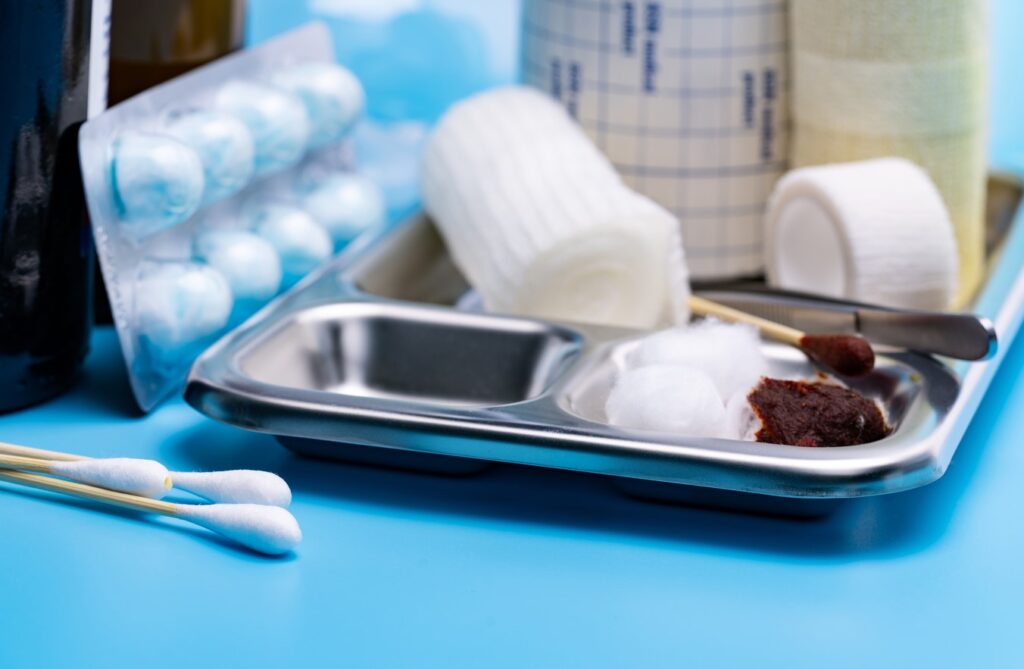Stevens-Johnson syndrome (SJS) is an illness with the capacity to cause life-long consequences. While it’s difficult to predict who will be affected, there are ways to minimize the risks. Failure to take these steps could potentially leave a provider open to liability.
What is SJS?
Stevens-Johnson syndrome is a potentially fatal reaction involving the skin and mucous membranes estimated to affect 2-7 people per million each year.
Anyone can be affected, but the condition is more likely in older adults, women, people with a family history of SJS, and people infected with human immunodeficiency virus (HIV).
Over 80% of SJS cases are caused by medication. The drugs most often linked to this reaction are antiepileptics, allopurinol, antibiotics, acetaminophen and nonsteroidal anti-inflammatory drugs (NSAIDs), nevirapine, and contrast media
SJS can develop within a few days to eight weeks of starting a new medication. Subsequent exposure can result in symptoms within a few hours. The reaction typically begins with flu-like symptoms. Over the next three-four days, a blistering rash appears on the face, trunk, limbs, and mucosal surfaces.
Depending on how severe the case of SJS is the patient can develop large, painful erosions; shedding of the skin; skin pain; swelling of the tongue or face; or liver, eye, kidney, lung, bone marrow, and joint complications
Standard Treatments
Standard treatment of Stevens-Johnson syndrome hinges on prompt recognition of the disorder and ceasing any drugs suspected of causing it. This first step can significantly impact the patient’s eventual outcome.
Other treatments depend on the severity of the reaction but commonly include:
- Admission to an ICU or burn unit
- Fluid replacement
- Nasogastric tube feeding
- Temperature control
- Pain relief
- Supplemental oxygen or mechanical ventilation
- Removal of necrotic tissue
- Daily skin examination and wound care
- Cultures of skin wounds for infection
Antibiotics might be necessary for any secondary infections, but shouldn’t be used prophylactically. Other medications such as corticosteroids, cyclosporin, TNF-alpha inhibitors, N-acetylcysteine, and intravenous immunoglobulins are also frequently used, but their exact role hasn’t been proven.
The most common serious risk of SJS is sepsis. Long-term complications that result from the skin rash can include:
- Eye pain, corneal scarring, reduced vision, or blindness
- Skin scarring, pigment changes, or itching
- Oral pain, dry mouth, periodontal disease
- Esophageal strictures
- Bronchitis, pneumonia, or respiratory tract obstruction
Patients who have survived SJS must avoid the causative drug or structurally related medicines for the rest of their lives since there is a high risk the reaction can recur.
When Could SJS be Malpractice?
Not all cases of SJS are a result of negligence or malpractice. Poor outcomes can still occur even when medications are properly prescribed, and the reaction is recognized and treated appropriately.
When evaluating a patient’s medical records, reviewers should be alert for signs of:
Inadequate Informed Consent: Providers must be aware of the risks associated with the medications they prescribe and communicate those risks to the patient to allow an informed choice. They must also ensure the patient knows the warning signs of a reaction and what to do.
Medication Errors: Many of the medications that can cause SJS are dosage-sensitive and may require careful titrating over time. Prescribers must ensure the patient receives the correct dose of medication, and that they titrate it properly when starting or stopping.
Improper Monitoring: Even when the right dosing schedule is prescribed and the patient is adequately informed, appropriate monitoring is still required. If prescribers don’t monitor and assess patients on high-risk drugs, they are at greater risk of developing adverse effects such as SJS.
Misdiagnosis or Missed Diagnosis: The warning signs of SJS are generally well-known in the medical field. Quick recognition of SJS and cessation of the medication causing it can make a significant difference in the severity of the injuries suffered.
While it can be difficult to anticipate who will experience SJS, following the established standards of care can help protect providers from accusations of negligence or malpractice.











